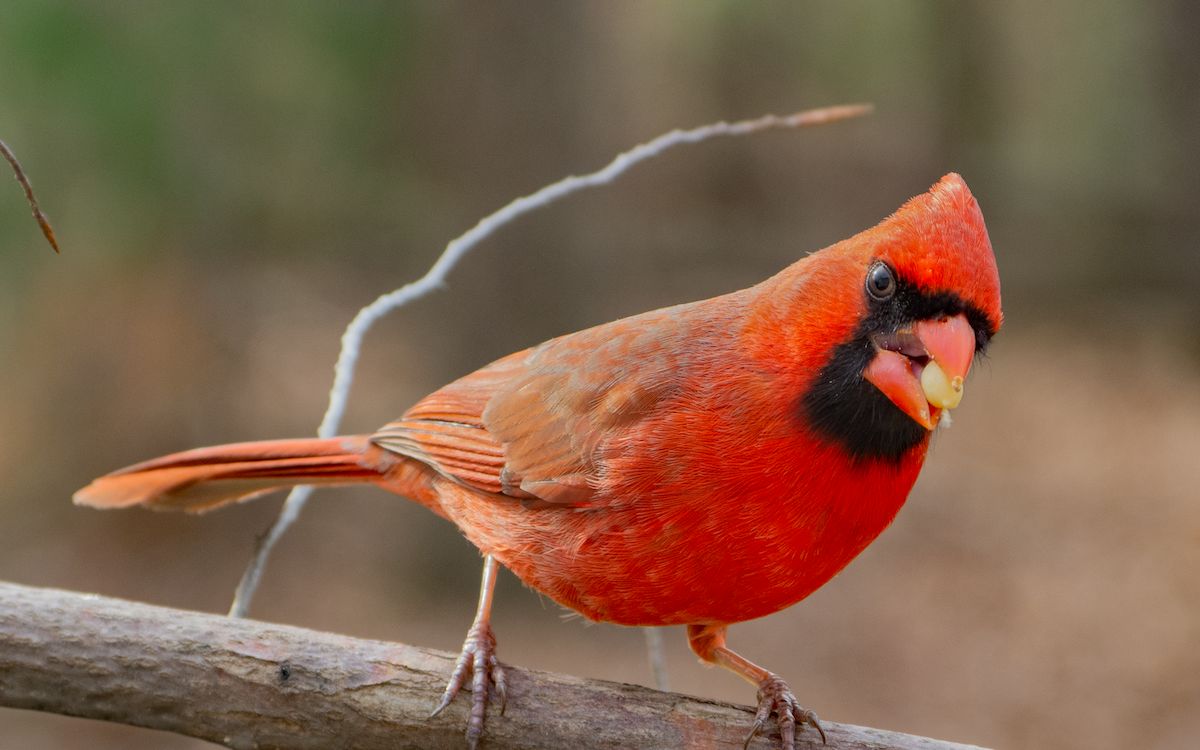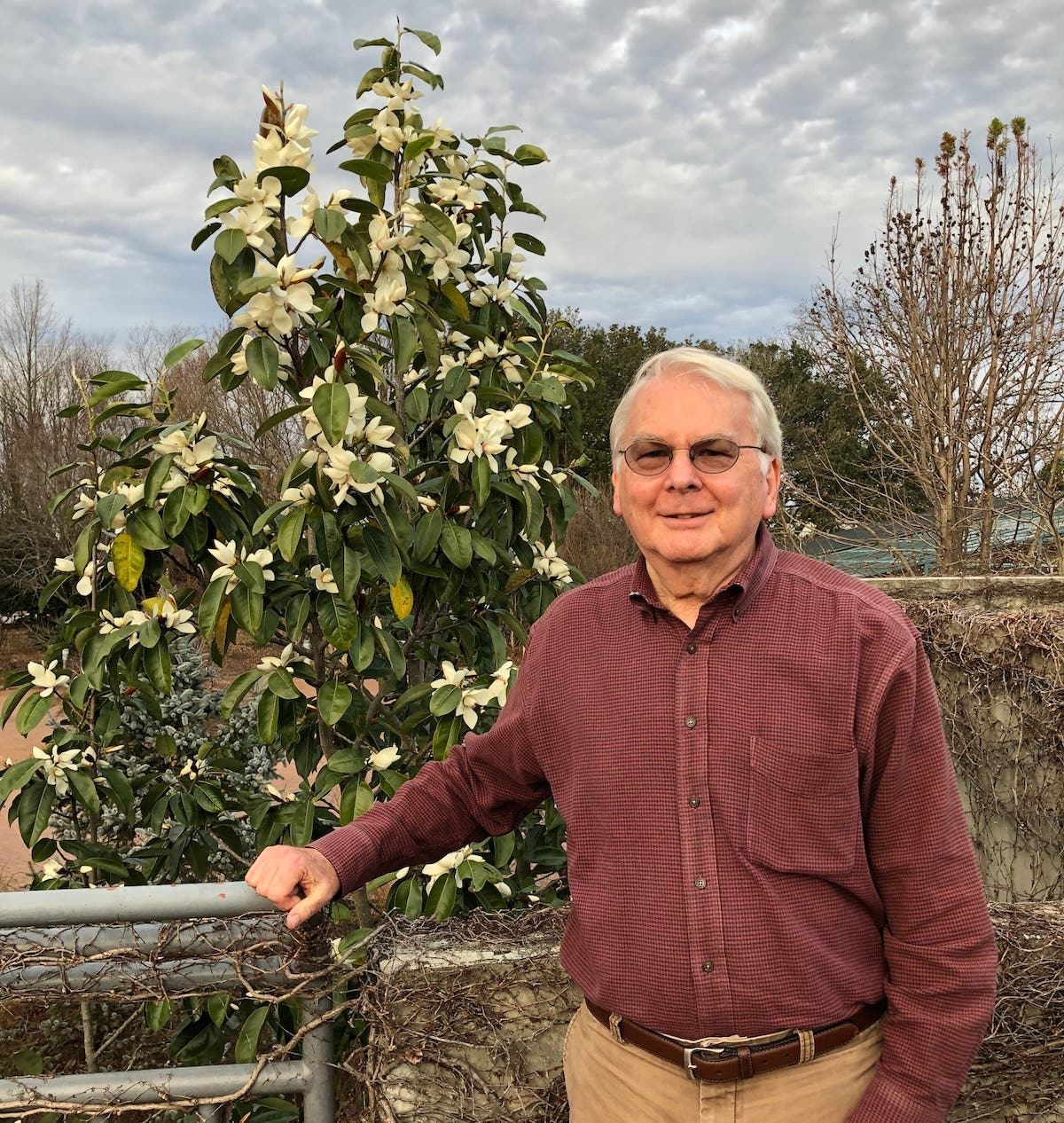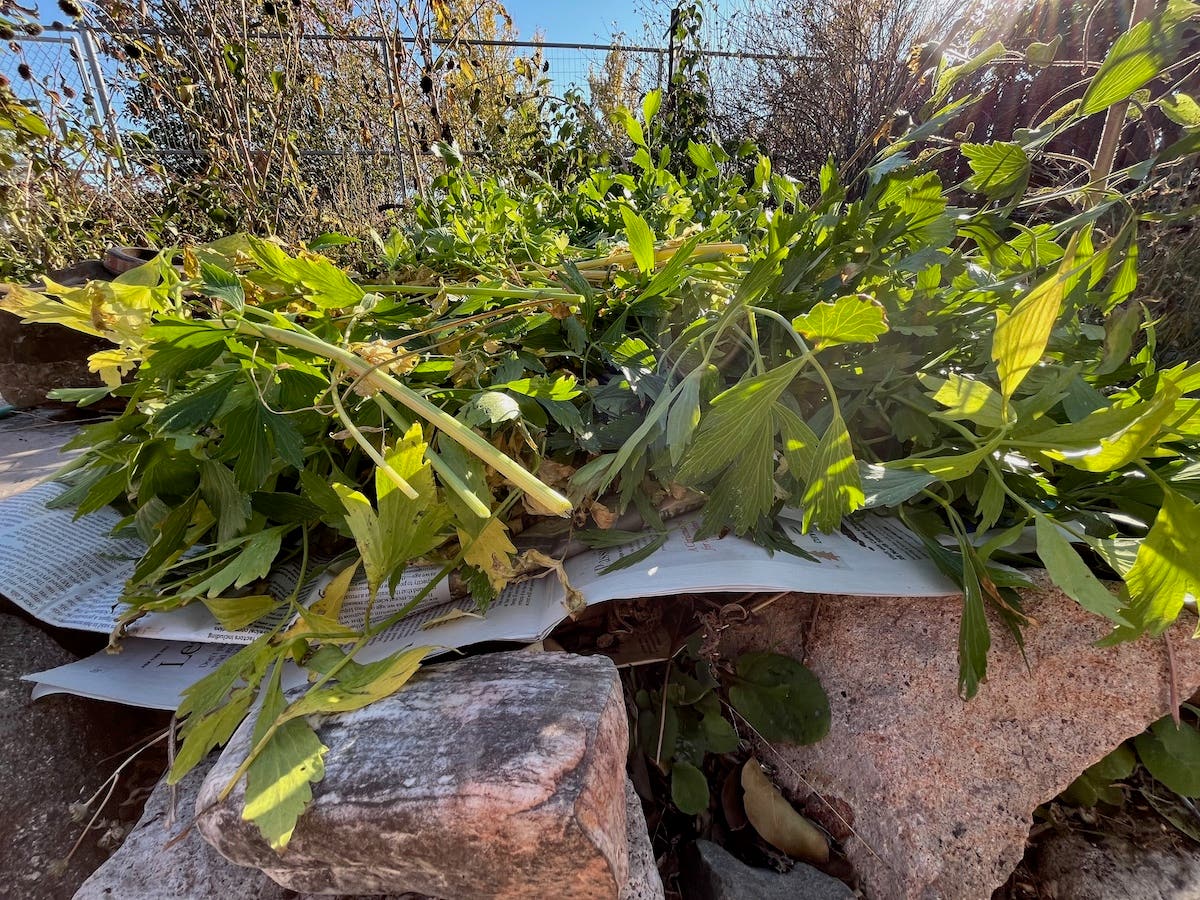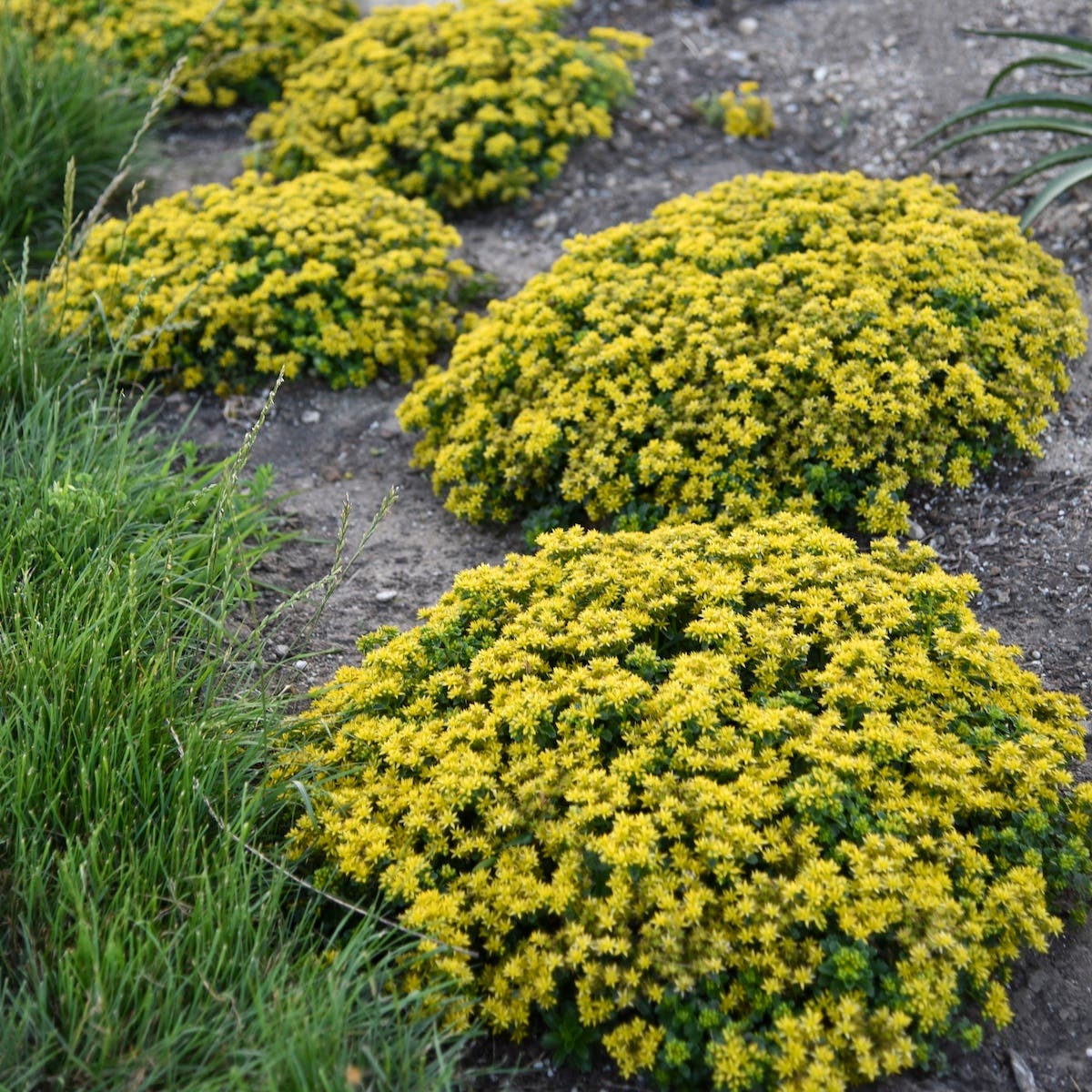The Pine Siskin: an Unpredictable Garden Bird
I recently learned that the dark-eyed junco, one of my very favorite birds, is known in some areas as the snowbird, because it arrives from the north just as winter…
I recently learned that the dark-eyed junco, one of my very favorite birds, is known in some areas as the snowbird, because it arrives from the north just as winter sets in, and it departs again at the very start of spring. Not so predictable is the pine siskin, a tiny finch that keeps bird watchers on the lookout each year—and sometimes never shows up.
Pine siskins range across the entire contiguous United States and much of Canada, with a year-round presence in parts of the west and a winter stint throughout the Plains, Midwest, Northeast and South. Their winter movements east- and southward are erratic, though. They may frequent a certain bird feeder one winter and not appear at all the next. Traveling in large flocks and migrating together by the thousands, pine siskins take their cue in part from the status of conifer seeds.
When a species of bird makes an irregular migration in large numbers, it’s called an irruption. Certain species, like the pine siskin, are more apt to make an irruption than others. Irruptions seem to occur in cycles and usually relate to the presence or absence of food sources. For pine siskins, a failure of cone crops in their usual wintering grounds may prompt them to move farther south or east.
A study by scientists at the University of Utah tied irruptions to climate patterns. Although irruptions are defined as “unpredictable,” this study, which analyzed 27 years of climate data against reports of pine siskins on Cornell’s Project FeederWatch, showed that weather patterns in one year could predict the movements of pine siskins for the next two years. As explained by Bird Watching magazine, the study showed “When wet and cold conditions in one region produced few seeds, the weather tended to be warmer and drier—and favorable to seed production—in another region.”
Should a flock pass through or settle in your area, you can lure them to your garden with a feeder full of the tiny, coatless seeds they prefer: thistle, also called nijer. You’ll know a pine siskin by its brown, heavily streaked body, slender, sharp bill and yellow wing and tail edges—and the endless chattering and wheezing it makes at its flockmates. Enjoy them while you can!
Image credit: By Darren Swim - Own work, CC BY-SA 3.0







